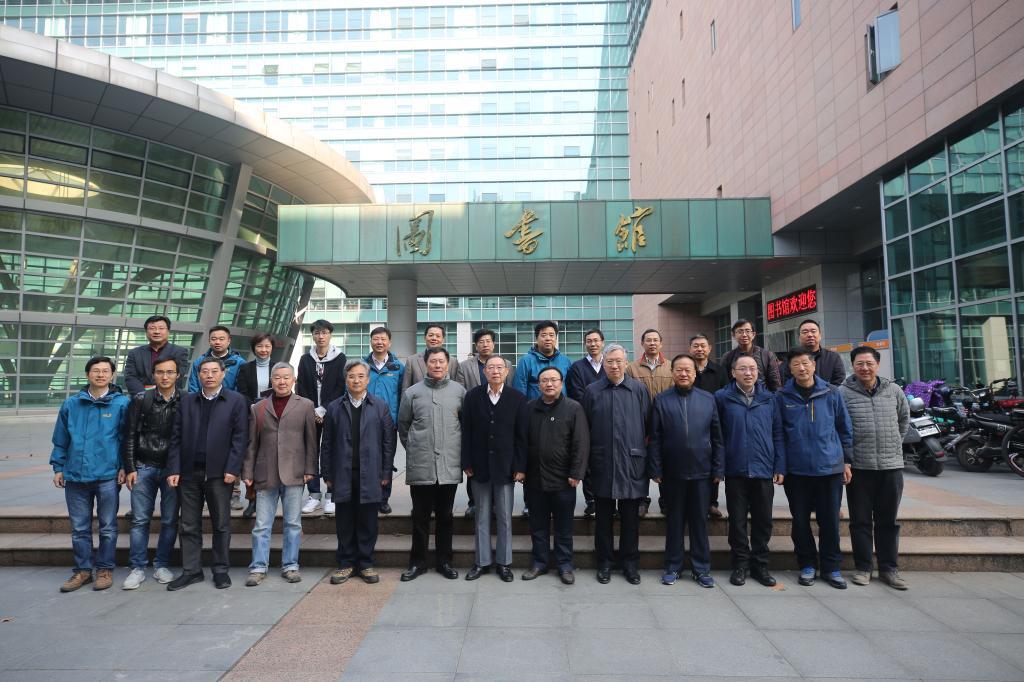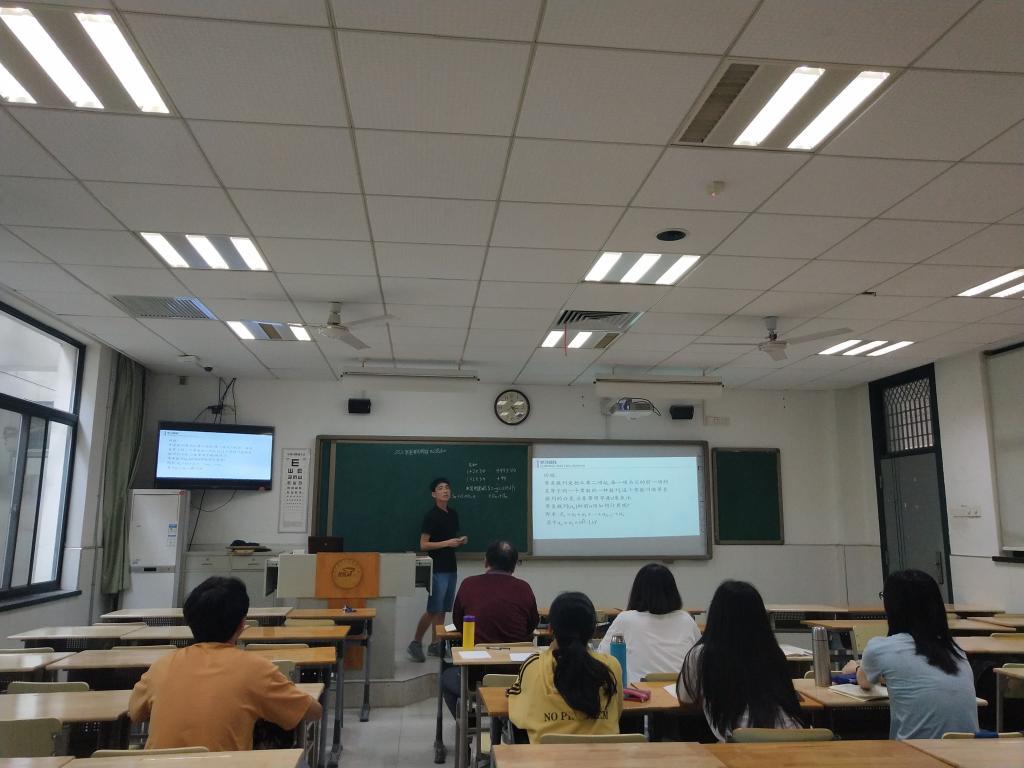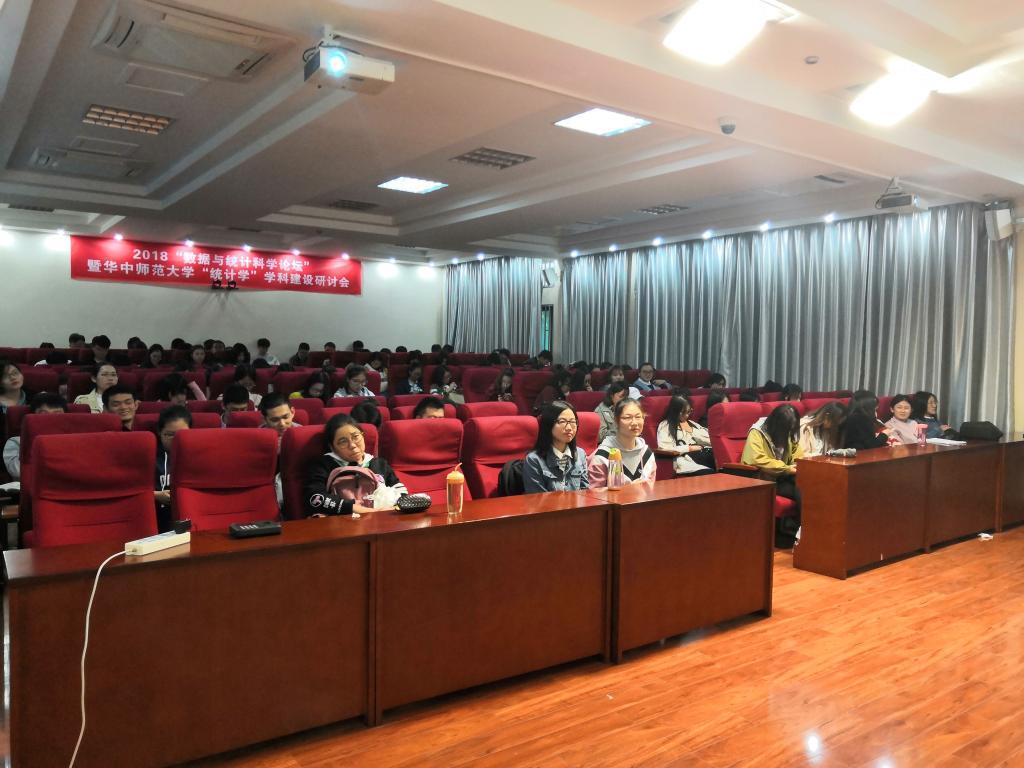- HOME
- About Us
- People
- Research
- Research Groups
- Algebra and Coding
- Computational Mathematics
- Dynamical System and ODE
- Fractal_Wavelet and Their Applications
- Geometric Analysis
- Graph Theory and Optimization
- Harmonic Analysis
- Mathematics Education
- Nonlinear Analysis and Its Application
- Nonlinear PDE
- Probability_Mathematical Statistics and Their Applications
- Events and Seminars
- Workshops and Conferences
- Research Projects
- Research Papers
- Research Groups
- Programs
- Contact Us






